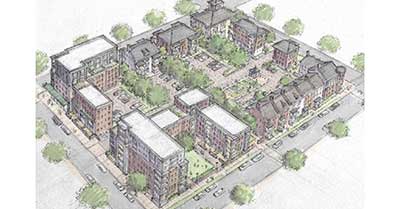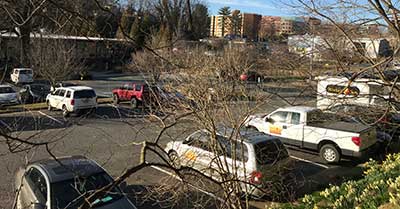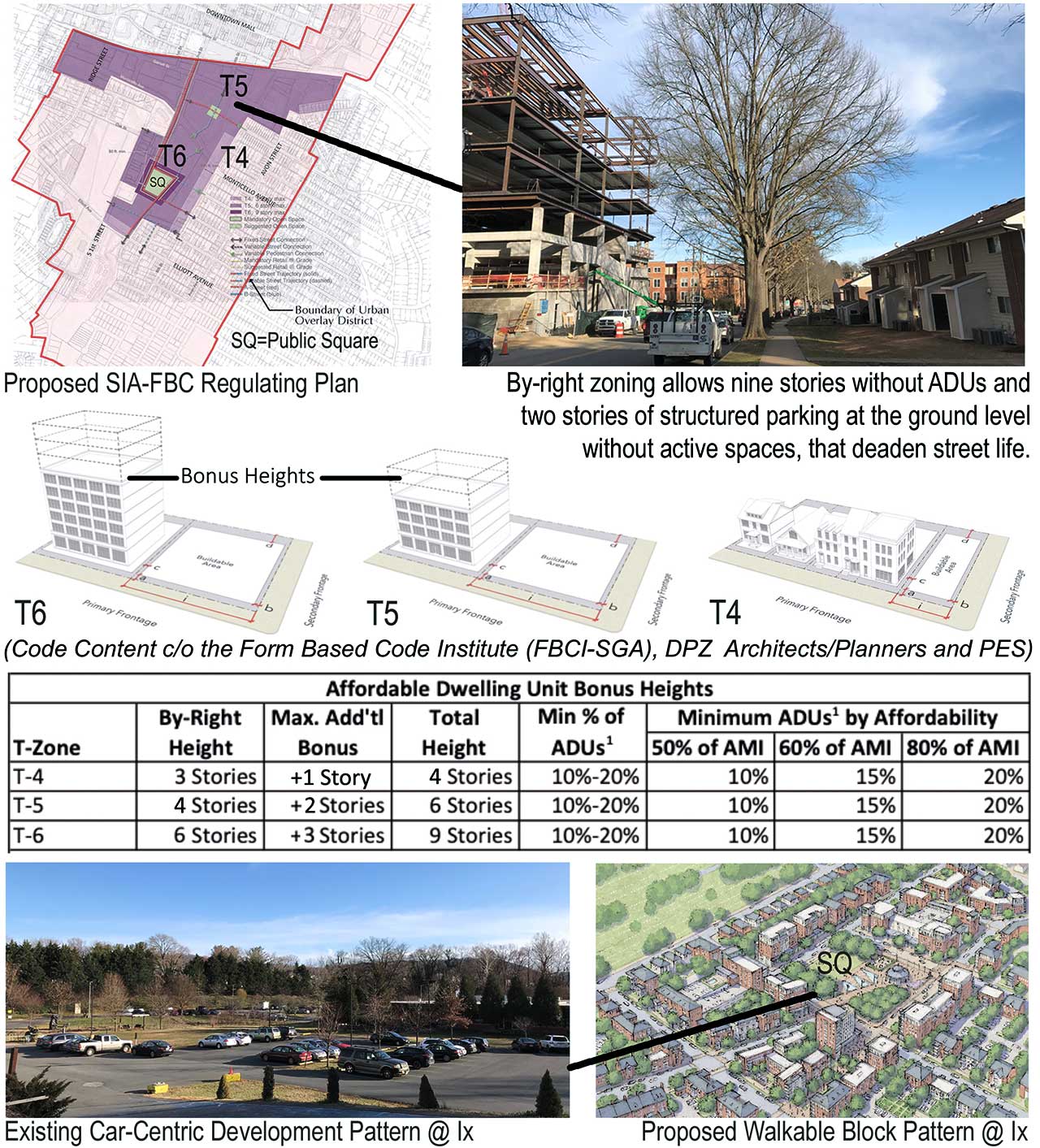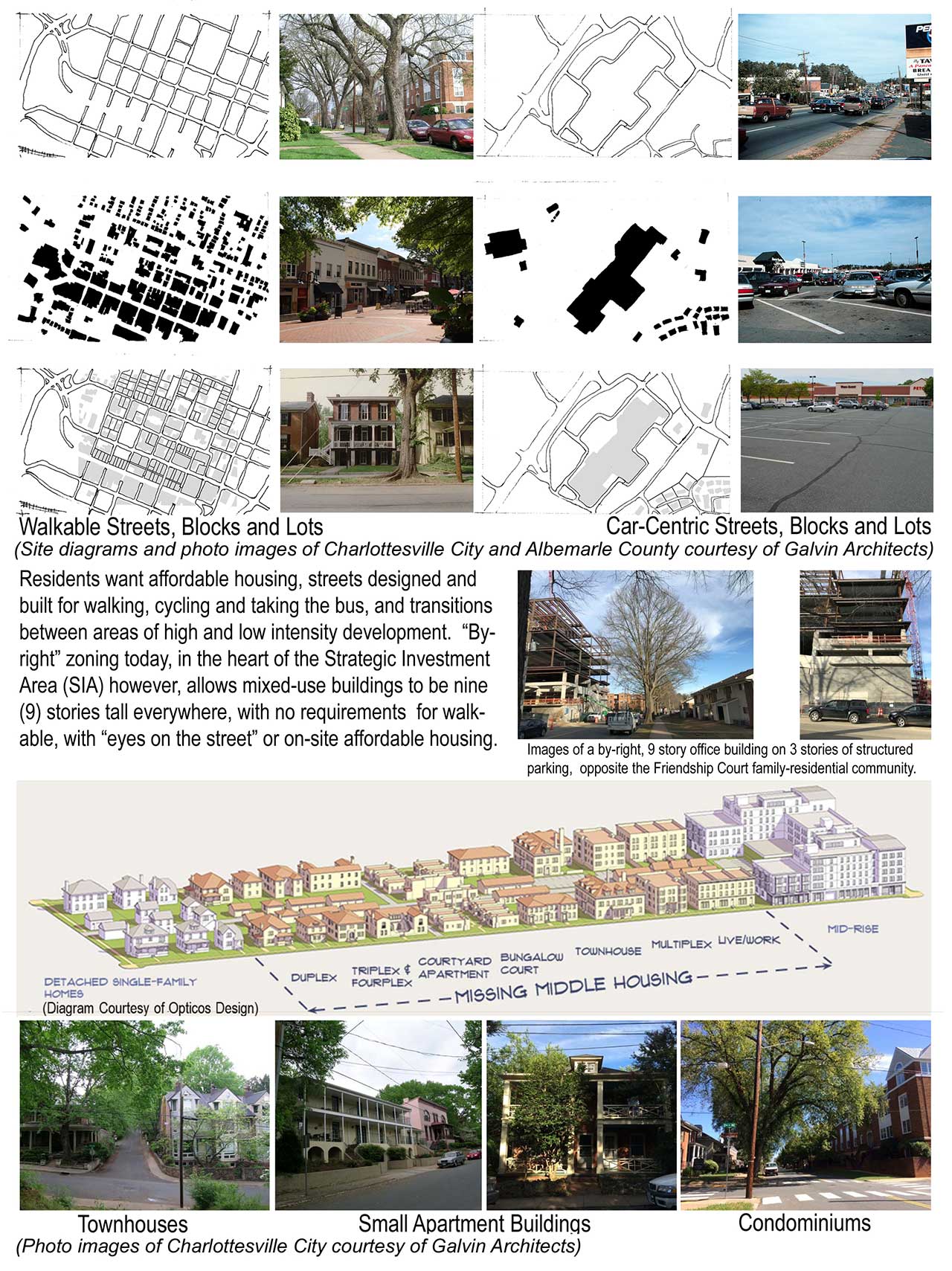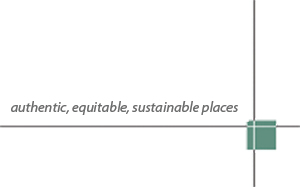COMMUNITY BASED CODE (a.k.a. Form Based Code—FBC)
As a City Councilor, architect Kathleen Galvin championed this strategy as a significant step towards implementing the Strategic Investment Area (SIA) and reforming the City’s car-centric, equity-blind, one-size-fits all zoning ordinance.
Residents within the SIA wanted their new zoning to provide: more deeply affordable housing; streets safe for walking, biking and riding the bus; transitions between areas of high and low intensity development; and a wider range of housing choice (a.k.a. the missing middle.) After two years of engagement that included fourteen public meetings within the community, several work sessions, a week-long charrette, and extensive economic research, the consultant team led by the Form-Based Code Institute (FBCI) of Washington, D.C. produced a draft community-based code (a.k.a. form-based code) that addressed these issues. Its adoption is pending the completion of a city-wide comprehensive plan, affordable housing strategy and zoning re-write.
“Throughout the 20th century, cities have used zoning as a way to separate not only uses—like residential, commercial, and industrial—but also people according to wealth, class, and race.”
(“Zoning for equity” by Tyler Quinn, Smart Growth America, March 21, 2019.)
“Because standard Euclidean zoning often over-regulates things like density, lot sizes and setbacks, it ends up prohibiting small and versatile forms of missing middle housing that would actually fit very well within the fabric of a historic neighborhood. A form-based code can satisfy neighbors’ desire that new housing match the look and feel of a place, but create more room to allow things like cottage courts, Accessory Dwelling Units-ADUs, pocket neighborhoods, and other various flexible forms of housing that meet important needs.”
(“6 Reasons Your City Needs a Form-Based Code,” by Daniel Herriges, Strong Towns, June 8, 2020.)
Image citation courtesy of Form-Based Code Institute (FBCI)
